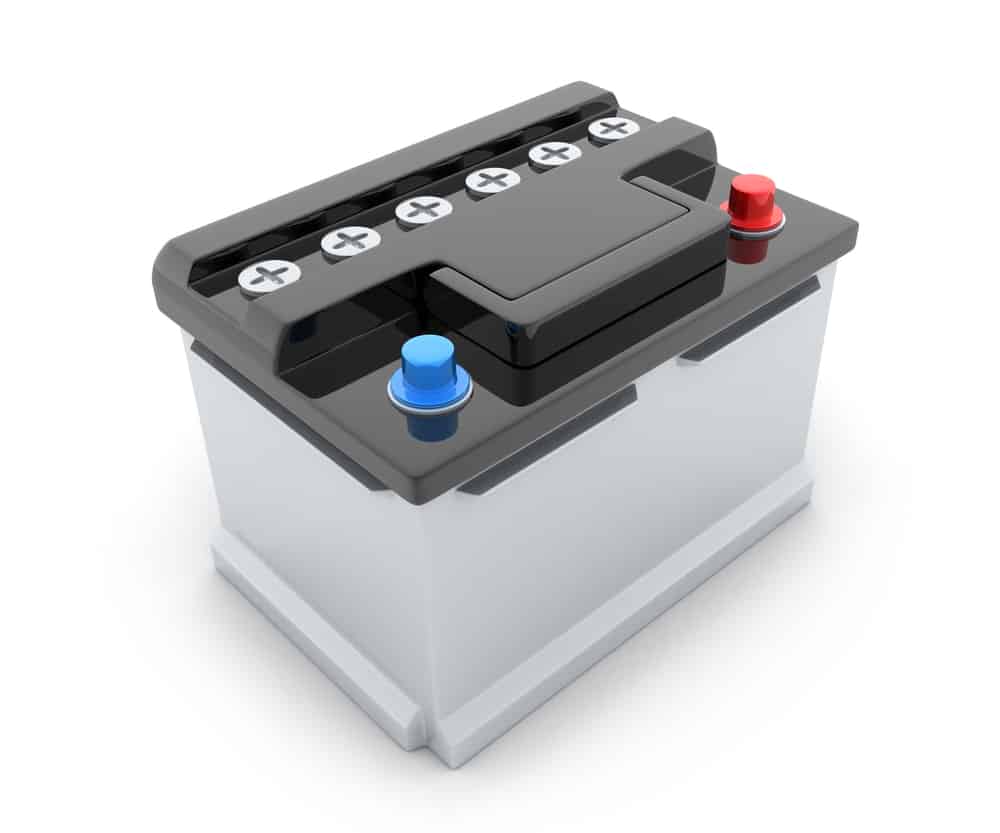Charge It Right: Mastering Car Battery Care
Maintaining your car battery is essential for ensuring your vehicle works well and starts reliably. A strong battery not just energizes your car but also powers all the electronic systems that we depend on every day. In the absence of a properly functioning battery, even the most tended to vehicle can act unpredictably, potentially leaving you stranded when you are caught off guard.
Understanding the fundamentals of car battery maintenance can save you time and money in the long run. Regular check-ups and proper care can increase the life of your battery and boost its performance. Whether you are a experienced car enthusiast or a novice driver, mastering these skills will arm you with the expertise to keep your car battery in peak condition. Let’s explore the essential steps you can follow to make sure your battery remains powered and set for your travels.
Grasping Automobile Batteries

Car batteries are crucial components that provide the necessary power to kickstart your vehicle and keep its electrical systems running. The most frequent type of battery used in vehicles today is the lead-acid type battery, which consists of lead dioxide and sponge lead plates submerged in a sulfuric acid solution. This electrochemical reaction generates the electricity needed to start the engine and power electronics.
Battery performance can be impacted by a range of factors such as temperature, driving habits, and maintenance practices. Extreme temperatures can cause batteries to discharge faster or even freeze in extreme cold. Additionally, short trips may not enable the battery to fully restore, leading to a gradual decline in its ability to hold a charge over time.
Identifying the signs of a failing battery is crucial for avoiding unexpected failures. Common indicators include diminishing headlights, slow engine cranking, and a check engine light. Regular maintenance, such as cleaning terminals and checking fluid levels, can help extend the life of your car battery and ensure dependable performance when you need it the most.
Essential Maintenance Tips
To ensure the longevity and reliability of your car battery, routine inspection is crucial. Start by checking the battery terminals for rust, which can impair performance. A combination of baking soda and water can be used to remove any corrosion buildup. Make sure to completely dry the terminals well after cleaning to avoid further issues. Additionally, inspecting the battery's state for any fractures or spills is important, as these can diminish its capacity.
Another key maintenance recommendation is to maintain your battery in good condition. If you often drive short distances, your battery may not be receiving enough charge to stay healthy. Think about taking yuasa battery for lengthy drives from time to time to allow the alternator to adequately recharge the battery. Alternatively, if you know you won’t be driving for an long period, using a battery maintainer can help keep the charge at ideal levels without worry of overcharging.
Temperature extremes can also affect your car battery's function. In colder climates, the battery's power diminishes, making it harder for it to start your vehicle. Ensure your battery is rated for your local climate and, if necessary, look into heating solutions or a battery heater. In contrast, extreme temperatures can also lead to battery degradation, so storing in cool areas or using a sunshade can help lessen heat exposure.
Indicators of Battery Issues
One of the primary indicators of battery issues is struggles starting the engine. If you notice that your car takes longer to start or produces a clicking sound when you rotate the key, it may be an signal that the battery is diminishing its power. This hardship to start can become more common, suggesting that the battery is unable to hold a charge effectively.
Another sign to look out for is dimming headlights and dashboard lights. If the lights appear significantly dimmer when the engine is running or if they flicker while you are driving, it could show that your battery is on its way out. A failing battery may struggle to provide steady power, leading to these noticeable symptoms.
Additionally, if you find corrosion around the battery terminals, it is a clear indicator that there is an issue. This white, crusty buildup can interfere with the proper electrical connection, which can lead to further issues. Regularly checking for corrosion and cleaning the terminals can help extend the life of your battery, but extensive buildup often means it is time to get a new battery entirely.